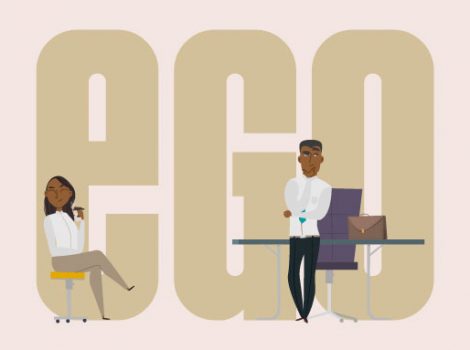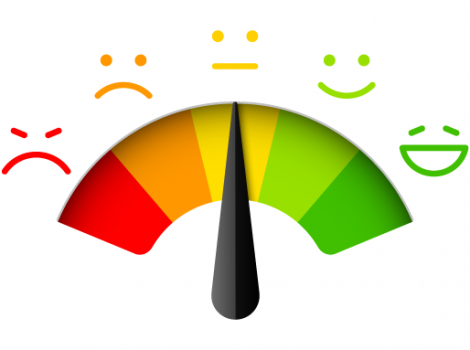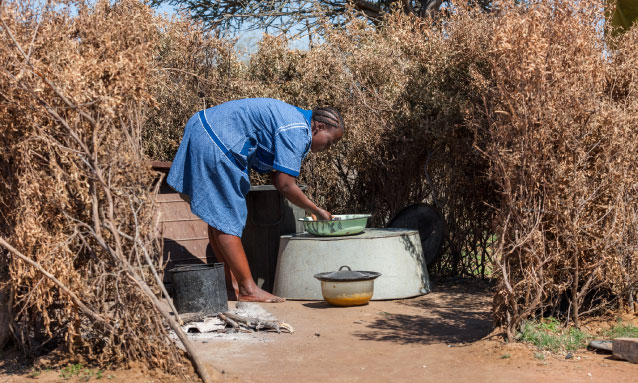
According to international economic measures, Botswana has experienced long-term economic growth overall. Those same measures, however, also report that the growth has been very concentrated among the country’s financial elite. The economic gap between the large percentage of people who live in rural areas and those who live in the capital city Gaborone is reportedly one of the widest in the world.
In a nutshell, economic inequality refers to the difference between those with the most wealth and those with the least in a country. The most widely used measure of inequality is called the Gini Coefficient, a number between 0 and 1. Forbes counted 2 095 billionaires in the world as of March 18, 2020, when it finished its most recent rankings – and that was after 226 people dropped off over 12 days due to pandemic-induced market turmoil. The most recent data from the World Bank explains that in 2015, about 736 million people globally were living on less than US$1.90 per day.
According to Nicholas Birdsong in a 2015 essay titled “The consequences of Economic Inequality”, although some methods of calculating global economic inequality show little change in wealth distribution, different methods of calculating income or wealth tend to come up with different results. The majority of analysts conclude that inequality is increasing. In 2013, nearly half of all global wealth was owned by one per cent of the global population.
The African Development Bank says despite the impressive growth recorded in recent years, Africa is still home to the widespread uneven distribution of income. Income inequalities are prevalent in all the sub-regions across the continent. However, some countries tend to display high inequalities, especially those in the middle-income category such as South Africa and Namibia.
The bank also observed that the quality and inclusiveness of growth in Africa are of increasing concern. In many countries, notably resource-rich countries, income and wealth are unequally shared, and stronger average income growth does not necessarily reduce poverty. Africa is the second most inequitable region in the world.
In 2010, six out of the 10 most unequal countries worldwide were in Sub-Saharan Africa, particularly Southern Africa. The highest rates of poverty can be observed among young women and youth living in rural areas. Young Africans constitute the majority of the poor. On average, 72% of the youth population in Africa lives on less than $2 per day. The incidence of poverty among young people in Nigeria, Ethiopia, Uganda, Zambia and Burundi is over 80%, according to the World Bank.
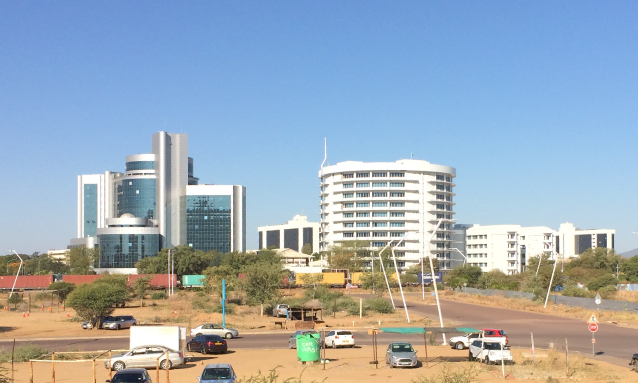
While Botswana has experienced phenomenal growth levels induced by world standards, the same cannot be said to have translated into an equitable distribution of wealth. According to a discussion paper titled “Determinants of Income Inequality in Botswana, compiled and authored by Zelda Okatch, Abbu Sidique and Anu Rammohan, the consecutive household Income Expenditure Surveys HIES) undertaken in 1985/86, 1993/94, 2002/03 and 2009/10 indicate that the portion of the population living below the poverty line were 59%, 47%, 30% and 20% respectively.
“Despite this performance, which could be considered quite remarkable by international comparison, the situation is still unacceptable to Botswana as growth has not been evenly distributed among the population and inequality levels are relatively high. The HIES data shows that income inequality has worsened over the 1993/94 to 2002/03 period, with the Gini coefficient of disposable income increasing from 0.537 to 0.573 respectively”, states the discussion paper.
The discussion paper highlights the high inequality levels may be attributed to the fact that the mineral sector, which drives the economy, is highly capital-intensive and employs a very small proportion of the labour force, yet this sector accounts for over a third of Botswana’s GDP, about 70 – 80% of export earnings and almost half of government revenue. The paper acknowledges that overall, Botswana employment figures have not lived up to exceptional economic growth and compared to other middle-income countries, employment lags behind.
Inequality is understood to rise as people move from low productive agriculture to more productive industrial sectors. These industrial sectors are characterised by higher average income and less uniform wages. As a society matures and becomes richer, the urban-rural gap is reduced and the provision of old-age pensions, unemployment benefits and other social transfer lower inequality.
Income distribution in Botswana is reported to have worsened as demonstrated by the fact that between 1993/94 and 2002/03 real GDP per capita increased from P7 154 to P11 802, while income distribution declined in the same period, according to a Bank of Botswana 2005 report.
It thus noted;
“The high inequality level and its increase between 1993/94 and 2002/03, irrespective of the economic theoretical explanations, is unacceptable,”
It further said;
“To create an environment which permits growth to trickle down to the poorer segments of the population, the government has proposed that poverty reduction and income inequality be made central to every policy, programme and any other form of government intervention.”
The discussion paper also highlights Botswana has one of the highest inequality levels in the world, while the CIA World Factbook website states Botswana is fourth out of 104 countries with the highest Gini coefficient. The paper found the only variable that could be effectively used to lower inequality is primary education. Although the government provides free quality primary and secondary education, education is nonetheless not compulsory. The paper urges the government to make both primary and secondary school education compulsory. For the government to effectively make education compulsory, the paper notes that it also needs to build more schools. The study further implores the government to consider introducing a child benefit scheme for poor households as is currently the case in South Africa. It stresses the scheme should be carefully designed to discourage low-income households from having more children. An income tax policy could also be introduced that takes into consideration the number of children a household has.
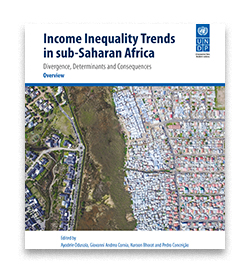
A United Nations book titled “Inequality Trends in Sub-Saharan Africa” acknowledges that although the unweighted Gini for Sub-Saharan Africa (SSA) declined by 3.4 percentage points between 1991 and 2011, SSA remains one of the most unequal regions globally. Indeed, 10 of the 19 most unequal countries globally are in SSA and seven outlier African countries are driving this inequality. Between 1991 and 2011, a clear bifurcation in inequality trends existed across countries in the region. Furthermore, 17 countries, predominantly agricultural in West Africa and a few from other regions experienced declining inequality. Twelve countries, predominantly in Southern and Central Africa, characterised by oil and mining sectors, saw the level of inequality spike.
The book outlines three structural drivers of inequality as the highly dualistic economic structure, with limited employment of the labour elite in the government, multi-national companies (MNCs) and the resource sector, whereas the majority of labour earns much lower incomes in the informal or subsistence sector; the high concentration of physical capital, human capital and land, especially in the East and Southern African economies, in certain groups or regions; and the limited distributive capacity of the state, which often manifests in the ‘natural resources curse’, the urban bias of public policy and ethnic and gender inequalities.
It also explained that when growth occurs in sectors characterised by high asset concentration, high capital absorption and skilled-labour intensity, such as mining, finance, insurance and real estate (FIRE) and the public sector, overall inequality rises. By contrast, inequality falls or remains stable if growth takes place in labour-intensive manufacturing, construction and agriculture. The book considers inequality as a byproduct of regressive taxes, unresponsive wage structures and inadequate investment in education, health and social protection for vulnerable and marginalised groups.
Indeed, the distributional impact of fiscal policies in the region has eroded, with 29 out of 47 countries where data are available, showing a decline in the distributional efficacy of their fiscal policy. Although subsidies and transfers are mostly equalising, inequality-induced tax regressivity is a common phenomenon, where most countries with a revenue-to-GDP ratio of 20% and above have Gini Coefficients of 0.5 or more.
The book notes that the determinants of inequality in SSA are multi-dimensional and complex; there is no one ‘silver bullet’ to address its challenge. Multiple responses are required. For instance, the book has shown that education is key to social mobility but it cannot generate the quantum of jobs needed to tackle the ‘time bomb’ of the youth bulge without strong institutions and sound economic reforms that prioritise the modernisation of agriculture, national and regional value chains and industrialisation. The unequal distribution of national resources is an important factor driving inequality in Africa. Promoting progressive taxation, addressing unequal access to land and enhancing the efficiency of social protection and distributive effectiveness of fiscal policies are vital to address income disparities in Africa.
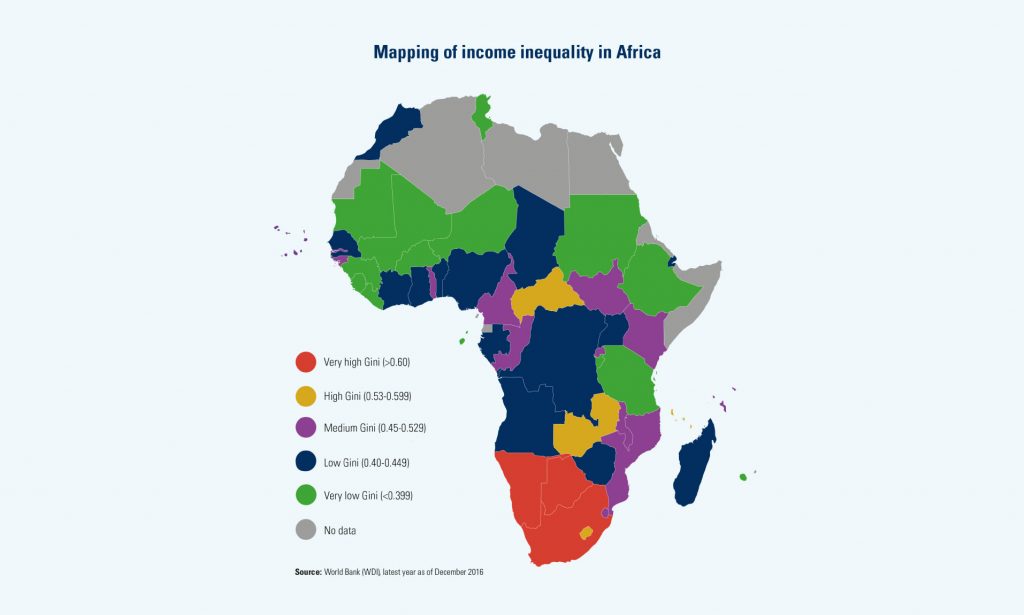
The book also reveals issues that require further investigation and urgent attention. First, no clear link exists between resource dependence and inequality. There are, however, specific features of resource-dependent growth, which the present obvious inequality risks, such as the risk of illicit outflows and weakening governance institutions that could lead to a classic case of the resource curse. Second, Africa lags behind other regions of the world in terms of the demographic transition. Although the relationship between poverty rate and population variables is positive, the relationship between population growth and inequality reduction creates a puzzle. Most countries with a fertile rate of 6.0 children per woman are associated with a low Gini (less than 0.44), while most countries classified as advanced in the demographic transition have Gini coefficients of 0.54 and above.
Third, the intensity of multi-dimensional poverty tends to drive conflicts, yet contrary to expectation, the relationship between conflicts and inequality is negative as demonstrated by countries with the highest levels of inequality like Botswana, South Africa and Namibia, which are categorised as non-conflict prone countries. This finding recalls the words of a famous British political scientist, Harold Laski, who wrote;
“A state divided into a small number of rich and a large number of poor will always develop a government manipulated by the rich to protect the amenities represented by their poverty.”
The book explains that lessons learnt from SSA have shown that policies that help reduce poverty are not necessarily the same as those that help reduce income inequality. For instance, quality education and enhanced productivity are potent tools for poverty reduction, yet if unaccompanied by progressive taxation and well-targeted social protection, they could accelerate income disparities.
Promoting complementary policies that help address poverty and income inequality are vital to shifting the current trends of diverging inequality into converging trends of falling inequality across the region. The book outlines measures for adoption to confront the income inequality concerns as: accompany demographic transition with strong social protection; adopt macroeconomic policies that reverse the emerging de-industrialisation; and increase the productivity of the informal sector. To ensure that policy design is increasingly evidence-based, African governments and international agencies need to invest massively in generating regular data on inequality, including gender, ethnic and regional disaggregated inequality, it states. Extreme inequality is detrimental to growth and development, as well as to peace and security, it notes.
The Heritage Foundation Backgrounder shares the view that the relationship between conflicts and inequality is negative in an article titled “Does Rising Income Inequality Threaten Democracy?” dated 30th June 2017. The author, John W. York argues that the popular contention that income inequality is turning our democracy into an oligarchy that serves only the rich is buttressed by several well-cited, but fundamentally flawed, academic studies.
“Claims that rising income inequality threatens our democracy are unfounded. There is no evidence that the rich have greater political influence during a time of greater economic inequality. By making poorly founded assumptions about the opinions of the top 1%, magnifying the narrow political divide that does exist between the classes and exaggerating the influence of the affluent, certain political scientists have painted an unduly grim portrait of American democracy.
While it is undeniably true that some have more access to power than others, income alone is a poor predictor of proximity to power”, argues York in the article.
The researcher further argues;
“Claims that the widening gap between the top earners and the rest of society hinders economic mobility, for example, have not proven to be true. Other claims that rising income inequality is the harbinger of perilous macroeconomic instability have also not panned out. But the claim that growing inequality threatens our democracy – arguably the most dangerous possible consequence of inequality – still looms large in the public square”.
According to York, although the policy preferences of the classes are highly correlated, they do not align perfectly. If the policies favoured by the well-off but not by the rest of the country were consistently enacted into law, that would be a cause for concern. In a 2012 CMI working paper titled “Exploring the Relationship Between Socioeconomic Inequality, Political Instability and Economic Growth: Why Do We Know So Little?”, Gunhild Gram Giskemo posits that the effect of socio-economic inequality upon political instability is dependent on which measures are used, and that the effect of instability upon economic development varies between different analytical models.
Original article: http://www.sundaystandard.info/the-paradox-of-botswanas-strong-economic-growth-versus-rising-income-inequality/


